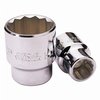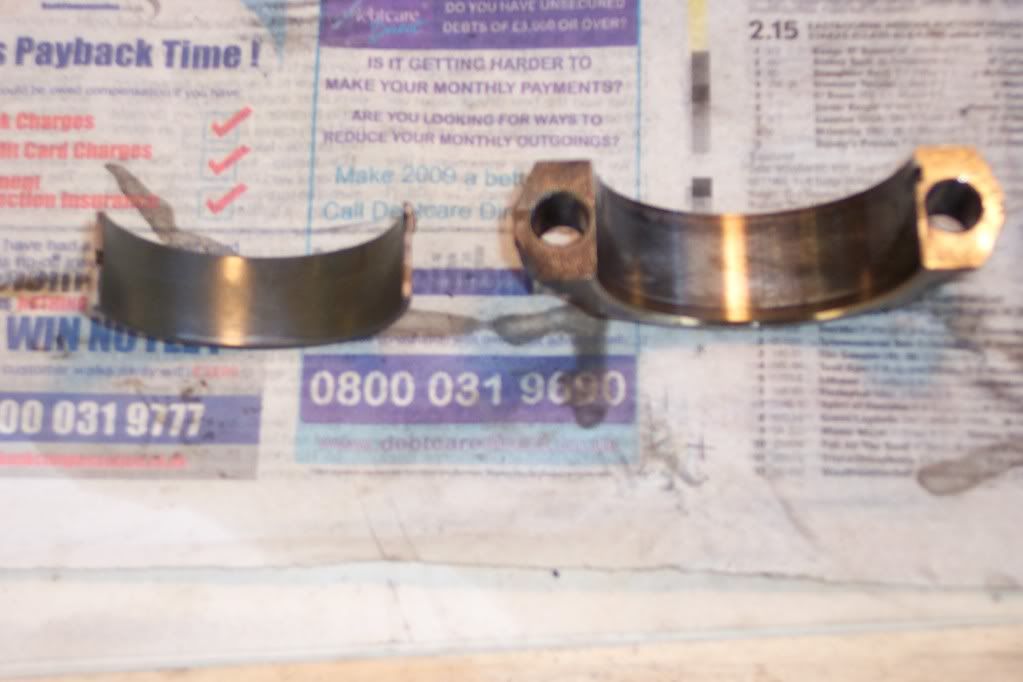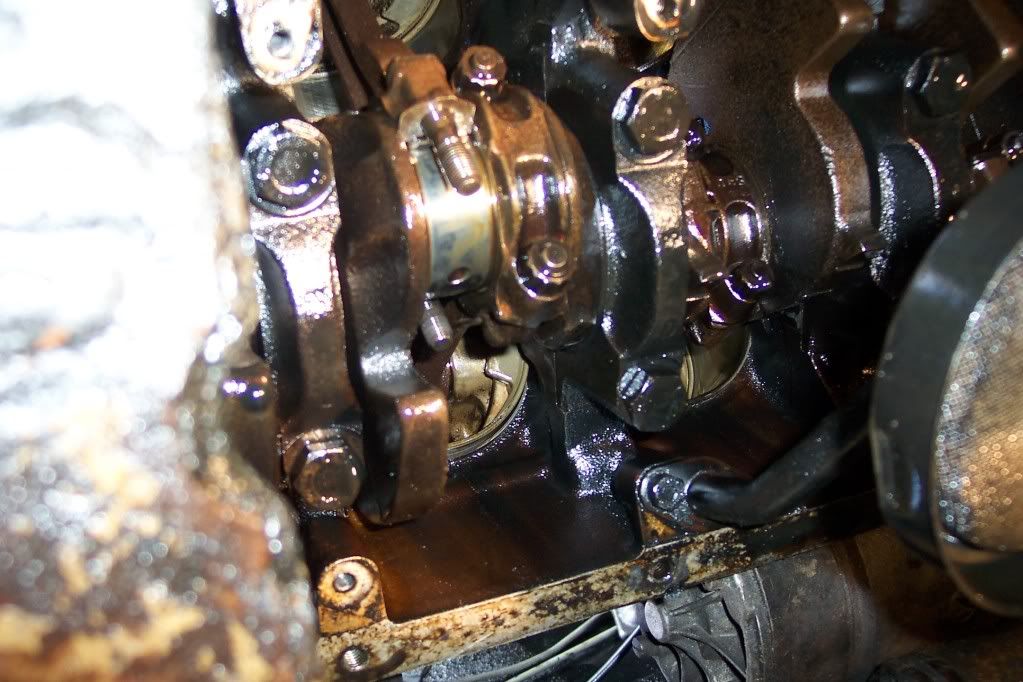Hello Stan,
How many miles has the engine covered? Were the oil changes at regular intervals?
When I dismantled my 3.5 with 203,000 miles covered, regular oil changes every 2 to 2500 miles, all of the big end shells showed varying degrees of copper, but only on the top shells, which as you know experience the greatest loading. All of the lower main bearing shells showed copper, in fact quite a considerable amount, with the majority the display of copper being across the entire width of the shell, and along most of the shell length.
Before removing the main bearing cap bolts, I checked the torque on each of the bolts, and found all to be below the minimum specified setting. I mention this because during the late 1980s there was a noticable heavy knocking evident when at idle. I spoke with the chief mechanic at my local Range Rover centre and he advised that the main bearing caps were coming loose... :shock:
I removed the sump and sure enough the majority were below specification, some more so than others. I keep detailed records of all work undertaken on the car, mileage done etc.
When the caps were removed, there was noticable fretting of the block registers. The main bearing caps are not located anywhere near as well as they should be, and as such the caps "walk" within the registers. The bolt holes within the block can also crack, although I could not see any evidence of such, and of course when this happens, the block will need to be replaced. All P6B blocks are especially prone to this. There is a lot of information available on this subject,...RPI engineering is but one source. All of the two bolt blocks suffer in varying degrees with this problem, but the early blocks like those in the P6B suffer the most.
Studs and nuts can be used to secure the main bearing caps with far greater security, but of course to do so requres the engine to be removed. The main bearing caps are also an interference fit within the registers, and it is my understanding that the block can be ruined and subsequently consigned to scrap if the caps are not removed and replaced properly.
Ron.





